The Taipei Digital Art Festival (台北數位藝術節), now in its eighth year, brings together exhibitions, film screenings, performances and forums that cast a spotlight on the technologically-advanced art form that requires the vision of an artist as much as that of a software engineer.
This year’s theme is data-neurons. The festival examines how new media artists utilize data and computing to explore aesthetic and technological possibilities.
Chiu Chih-yung (邱誌勇), one of the festival’s curators, says that as digital technology has become a vital part of today’s society, we have come to rely heavily on computers to gain and process information, as well as tackle everything from daily chores to job tasks and schoolwork. He added that in recent years, the term “big data” has become ubiquitous, referring not to the concept of database we traditionally know, but the infinite interconnection among databases enabled by cloud computing.
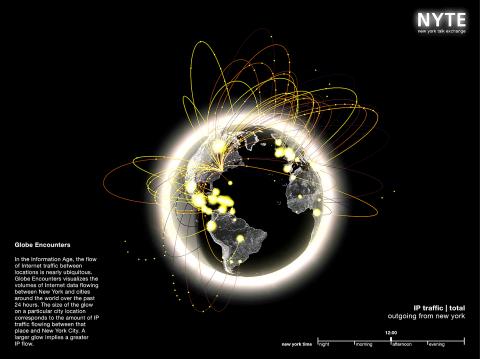
Photo courtesy of the Taipei Digital Art Center
“The idea of big data is not just about the effective control of data. It stresses the connection among databases through cloud computing … One question it raises is how we put massive, everyday information into application,” says Chiu, who is also a professor at Providence University’s Department of Mass Communication.
Possible answers lie in several works on display at the international Digital Art Exhibition. New York Talk Exchange, for example, is a project by Senseable City Lab at the Massachusetts Institute of Technology (MIT) that illustrates the daily life of New Yorkers by analyzing large volumes of long-distance telephone and IP data flowing between New York City and other metropolises around the world using data visualization.
“We have recently seen lots of works like [MIT’s]. They all involve utilizing the massive quantity of data through data visualization in order to show the traces of our everyday life,” Chiu points out.
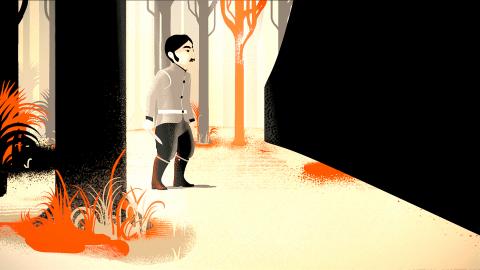
Photo courtesy of theTaipei Digital Art Center
Voices of Aliveness by Japanese artist Masaki Fujihata invites participants to shout while riding a bicycle equipped with a recorder and video to vent their frustration. Their shouts and their bicycle trajectory are then converted to the shape of rings on a computer screen, forming a tower-like structure in cyberspace.
Crossing disciplines
Chiu says that while the global trend for digital art tends toward complex projects that can’t exist without the participation of technical wizards and engineers, it has also increasingly turned hybrid and inter-disciplinary. One example is Reactor for Awareness in Motion, a research project initiated by Japan’s Yamaguchi Center for Arts and Media in 2011 that aims to explore the possibility of interaction between dancers and technology.
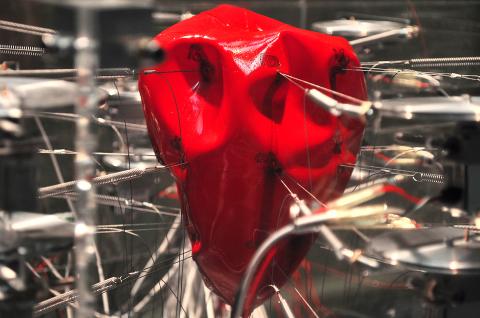
Photo courtesy of the Taipei Digital Art Center
Another crossover attempt is Threads, a performance art piece that is a collaboration between Grame — Centre National De Creation Musicale in Lyon, France and the Taipei Digital Art Center (台北數位藝術中心). The work combines different theatrical elements including dance, imagery and sounds created by French composer Roque Rivas, Berlin-based choreographer Sun Shang-chi (孫尚綺) and digital artist Yeh Ting-hao (葉廷皓).
The annual Taipei Digital Art Awards (台北數位藝術獎), meanwhile, recognizes and honors those working in Taiwan’s evolving digital field. This year, 12 works were nominated for the national competition. They were created by young artists who were “born and grew up in the digital era and to whom digital products are a part of life,” Chiu says. Most of the nominated works also utilize computing technologies to visualize data, showing that local digital creators are in tune with international trends.
“However, as the environment for digital art in Taiwan is less mature and healthy, young Taiwanese artists don’t have the resources and support to create works that are on the same scale as artists from other countries. Showing international and local works at the same venue will help to fill in that gap,” the professor says.
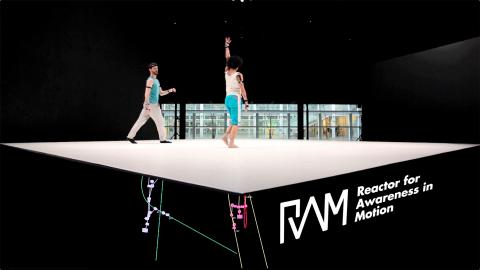
Photo courtesy of the Taipei Digital Art Center
App art
To demonstrate how digital art can be transformed into everyday use, festival organizers have put together two exhibitions to shed light on the application of computer games and designed products using digital technologies such as 3D printing. A selection of award-winning works from the App Art Award, organized by the Center for Art and Media (ZKM) in Karlsruhe, Germany each year, brings attention to works of art in app format.
OscilloScoop, for example, is an application for iOS that creates hip-hop, dance and techno tracks by sliding and stretching the screen. An app for Android, Electric Sheep is a distributed system made up of 450,000 participant computers and people to render animated artificial life.
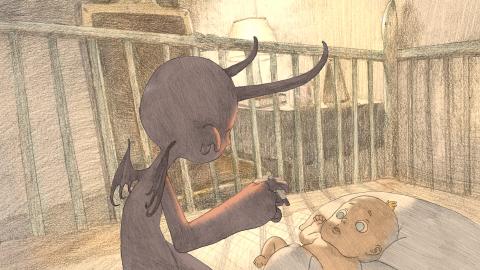
Photo courtesy of the Taipei Digital Art Center
Last but not least, animation enthusiasts won’t want to miss the festival’s annual animation showcase featuring award-winning films from this year’s Annecy International Animation Film Festival and Ottawa International Animation Festival, as well as selected works by animators in Chinese-speaking regions.
For those feeling intimidated by the technologically sophisticated artworks on display, it might be a good idea to join one of the guided tours. Art professors will lead groups through the exhibition on Saturdays and Sundays at the exhibition venue, Tobacco Factory (製菸工廠), which is open from 10am to 6pm on weekdays and 10am to 8pm on weekdays.
For more information, visit www.dac.tw/daf13.
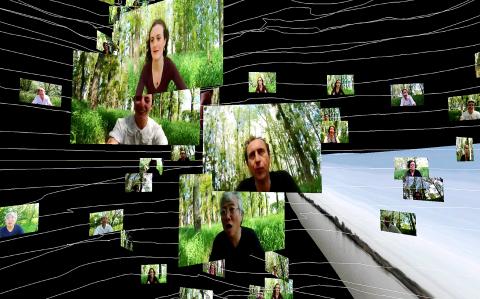
Photo courtesy of the Taipei Digital Art Center
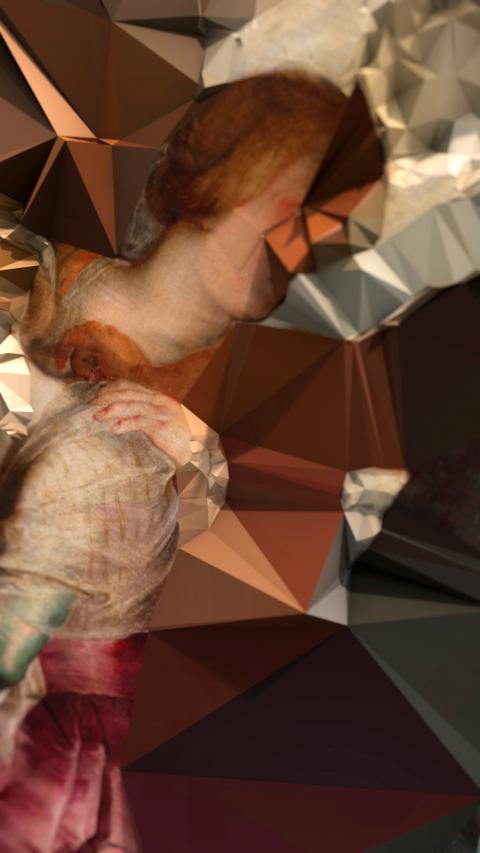
Photo courtesy of the Taipei Digital Art Center

Photo courtesy of the Taipei Digital Art Center

Oct. 27 to Nov. 2 Over a breakfast of soymilk and fried dough costing less than NT$400, seven officials and engineers agreed on a NT$400 million plan — unaware that it would mark the beginning of Taiwan’s semiconductor empire. It was a cold February morning in 1974. Gathered at the unassuming shop were Economics minister Sun Yun-hsuan (孫運璿), director-general of Transportation and Communications Kao Yu-shu (高玉樹), Industrial Technology Research Institute (ITRI) president Wang Chao-chen (王兆振), Telecommunications Laboratories director Kang Pao-huang (康寶煌), Executive Yuan secretary-general Fei Hua (費驊), director-general of Telecommunications Fang Hsien-chi (方賢齊) and Radio Corporation of America (RCA) Laboratories director Pan
The consensus on the Chinese Nationalist Party (KMT) chair race is that Cheng Li-wun (鄭麗文) ran a populist, ideological back-to-basics campaign and soundly defeated former Taipei mayor Hau Lung-bin (郝龍斌), the candidate backed by the big institutional players. Cheng tapped into a wave of popular enthusiasm within the KMT, while the institutional players’ get-out-the-vote abilities fell flat, suggesting their power has weakened significantly. Yet, a closer look at the race paints a more complicated picture, raising questions about some analysts’ conclusions, including my own. TURNOUT Here is a surprising statistic: Turnout was 130,678, or 39.46 percent of the 331,145 eligible party

The classic warmth of a good old-fashioned izakaya beckons you in, all cozy nooks and dark wood finishes, as tables order a third round and waiters sling tapas-sized bites and assorted — sometimes unidentifiable — skewered meats. But there’s a romantic hush about this Ximending (西門町) hotspot, with cocktails savored, plating elegant and never rushed and daters and diners lit by candlelight and chandelier. Each chair is mismatched and the assorted tables appear to be the fanciest picks from a nearby flea market. A naked sewing mannequin stands in a dimly lit corner, adorned with antique mirrors and draped foliage

The election of Cheng Li-wun (鄭麗文) as chair of the Chinese Nationalist Party (KMT) marked a triumphant return of pride in the “Chinese” in the party name. Cheng wants Taiwanese to be proud to call themselves Chinese again. The unambiguous winner was a return to the KMT ideology that formed in the early 2000s under then chairman Lien Chan (連戰) and president Ma Ying-jeou (馬英九) put into practice as far as he could, until ultimately thwarted by hundreds of thousands of protestors thronging the streets in what became known as the Sunflower movement in 2014. Cheng is an unambiguous Chinese ethnonationalist,